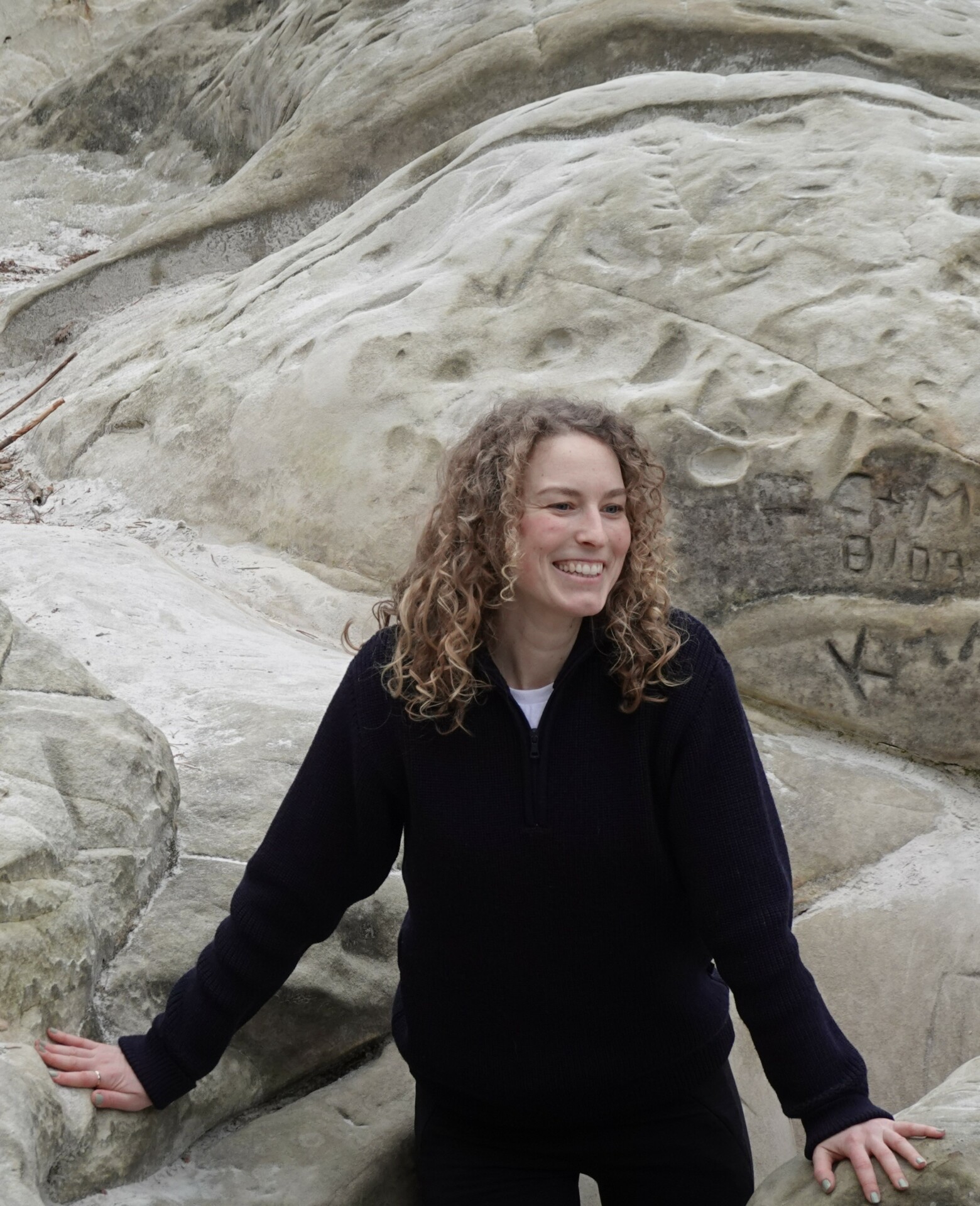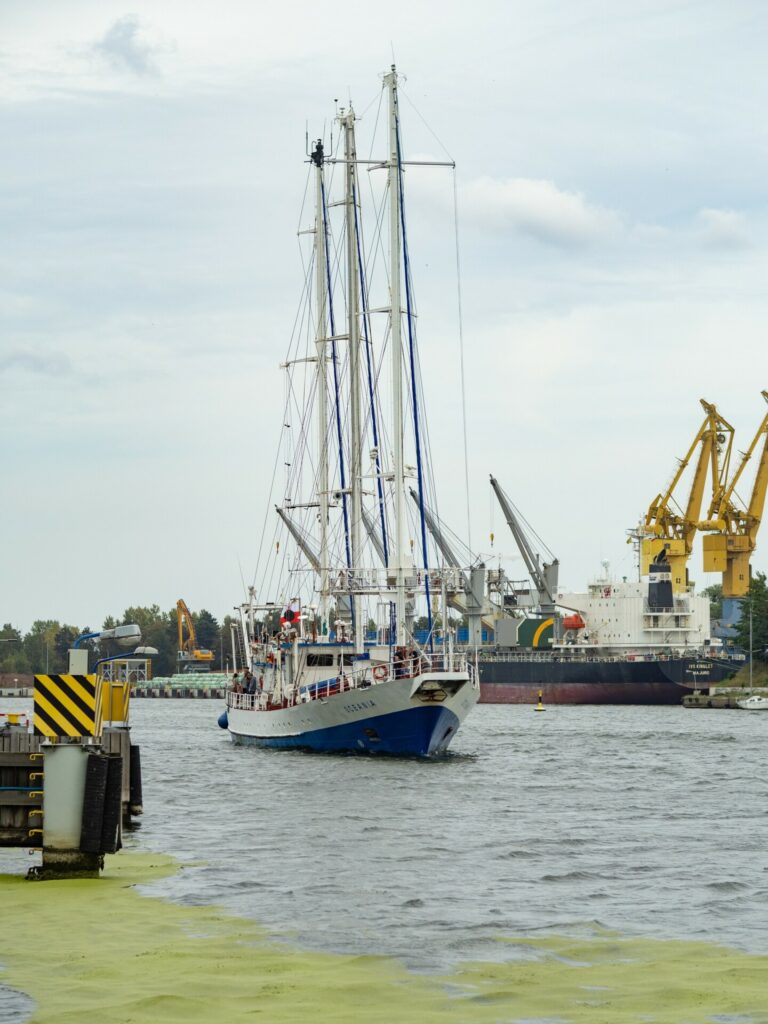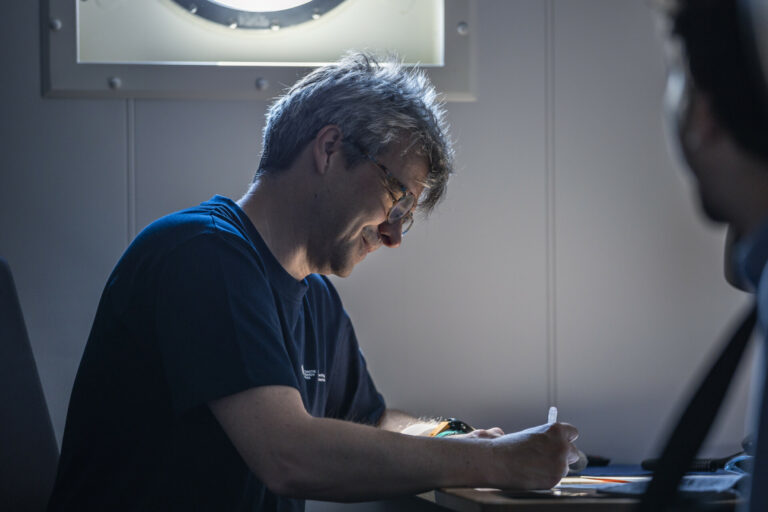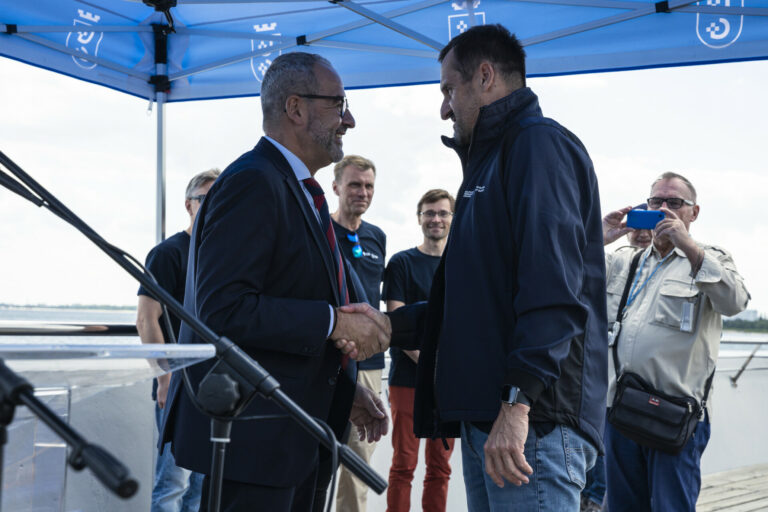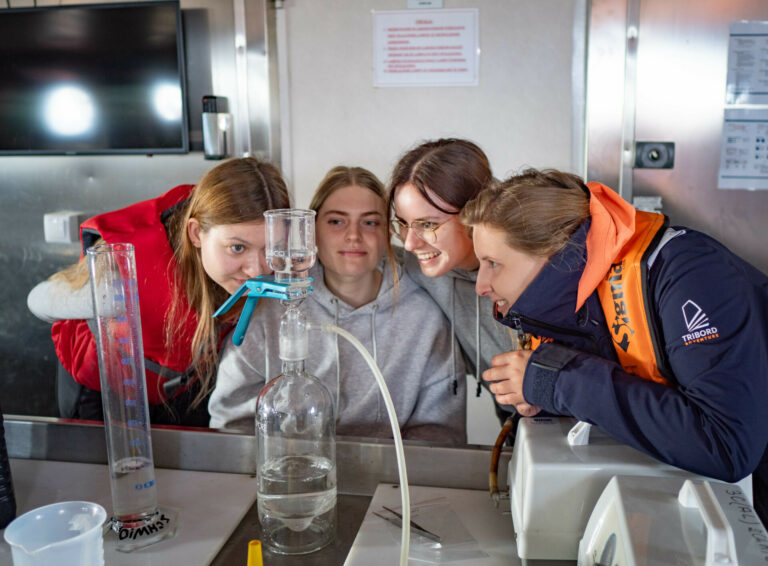Before the start of our adventure on June 3 let’s get to know another two of our researchers – Aleksandra Malecha-Łysakowska from University of Gdańsk and Marie Hundsdörfer from Kiel University. We asked them why is their research important, what motivates them, and what are they going to do during the BaltArtcic Research Cruise.
Aleksandra Malecha-Łysakowska, University of Gdańsk, Faculty of Oceanography and Geography, Department of Geophysics
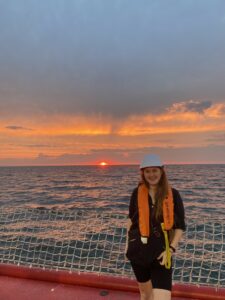 Research Area: marine physics and marine acoustics
Research Area: marine physics and marine acoustics
Why is your research important?
The measurement made during the cruise will help us compare the biomass of Baltic fish from those in the North and Norwegian Seas. The findings will be compared with those collected by another team working aboard r/v Oceania which will provide even more information.
What are your personal motivations?
Conducting these studies is necessary to observe changes in the marine environment and differences between the studied seas. The results of the research can show how climate change can affect resources such as fish.
What are you going to do during the cruise onboard r/v Oceanograf?
I will measure the biomass of marine organisms (fish) during the cruise using a single-beam echosounder. I will focus on organisms making diurnal migrations.
Marie Hundsdörfer, Earth Observation and Modelling – Geography Department, Kiel University, Germany
Research area: Oceanography, optical remote sensing with a focus on coastal areas
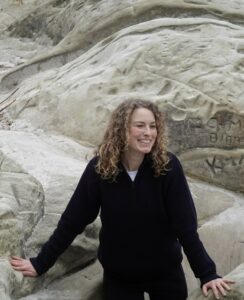 Why is your research important?
Why is your research important?
Coastal areas are difficult to capture with remote sensing techniques and especially fjord landscapes are affected by sun glint or shadowing effects. We want to optimize our data processing chains with in situ measurements and satellite data near the coasts.
What are your personal motivations?
Since my background is oceanography, my personal motivation is always connected to ocean currents, ocean colour, changing water properties and its influences along the track. I am highly interested in following the Baltic Sea outflow and tracking its constituents along the coast of Norway, as this is an opportunity to leverage the multispectral and high revisit frequency datasets of Sentinel-2.
What are you going to do during the cruise onboard r/v Oceanograf?
I will be measuring spectra with our floating Ramses spectrometers and collect chlorophyll measurements with the Algaetorch. We aim to gain optical information on water constituents such as chlorophyll, as well as inorganic and organic matter (CDOM) in the upper water column.
